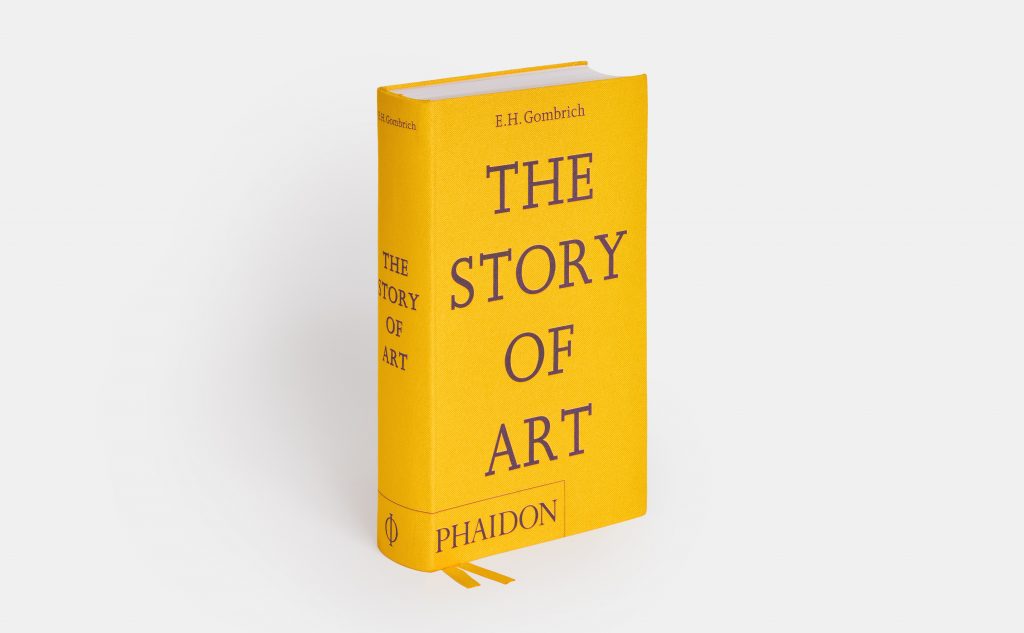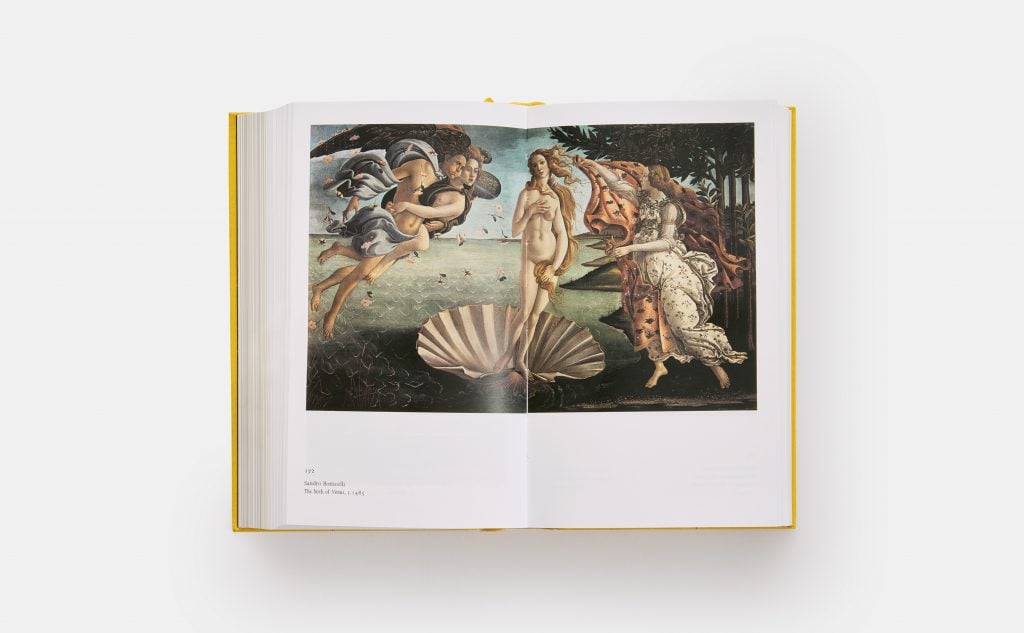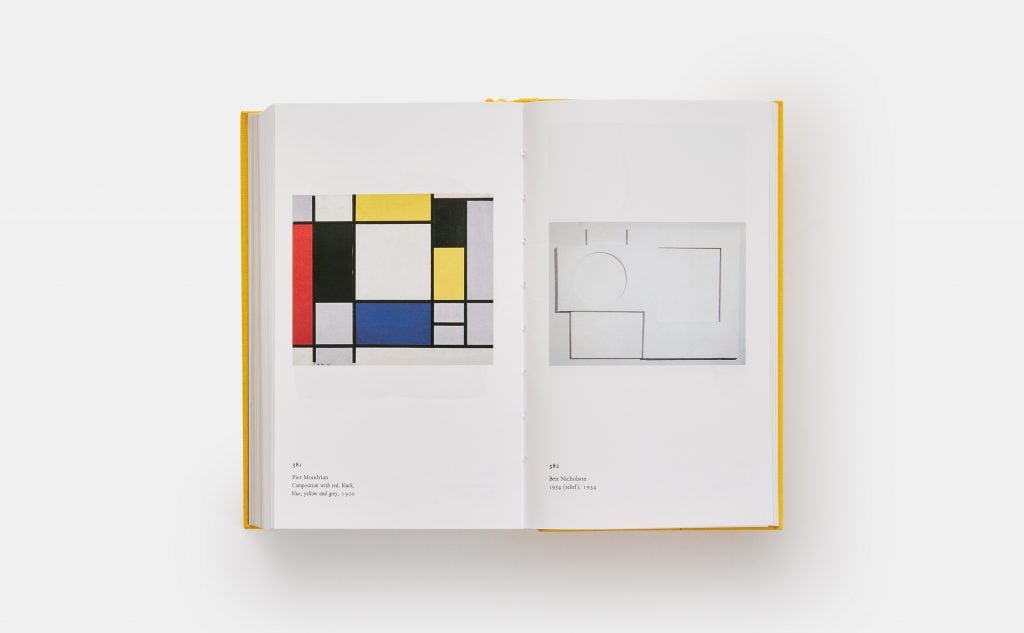|\| ART BLOG HUMOR BLOG PHOTO BLOG CULTURE BLOG |:| FOR THE RENAISSANCE MAN & THE POLYMATH WOMAN |/|
Thursday, January 4, 2024
Japan quake exposes fire risk
Japan quake exposes fire risk to picturesque old neighborhoods
About 200 structures went up in flames in Wajima after New Year's temblor

TOKYO -- The deadly earthquake that struck central Japan on New Year's Day has brought renewed attention to the risk of catastrophic fires in areas packed with old wooden buildings.
The quake, which hit the Noto Peninsula on the Sea of Japan coast, was followed that evening by a fire in the city of Wajima that lasted into the morning and spread to roughly 200 buildings.
The neighborhood is home to one of Japan's most famous market streets, with shops and stalls lining about 360 meters of road. The market is a historic landmark that draws hundreds of thousands of tourists yearly to the Ishikawa prefecture city.
"The location is dense with old wooden structures, so the fire spread easily," said Yu Hiroi, a University of Tokyo professor who is an expert on urban fire prevention.
The area affected by the fire was densely packed with homes and businesses.
"Most of the buildings on the market street were made of wood," a Wajima city official said.
The death toll from the earthquake has climbed to 73 as of Wednesday, Ishikawa prefecture officials say.
Fires have repeatedly laid ruin to dense concentrations of wooden buildings -- areas called mokumitsu -- in Japan.
The wooden homes in these areas are built along narrow roads that prevent easy access by firetrucks and complicate evacuation efforts. Fires in these neighborhoods often cause widespread damage.
When the Great Kanto Earthquake struck Tokyo in 1923, fires destroyed more than 40% of the city center. Of the over 100,000 people dead or missing as a result of the 1923 quake, more than 90,000 were attributed to the fires.
Japan's Ministry of Land, Infrastructure, Transport and Tourism maintains a map of densely built areas nationwide at risk of large fires following an earthquake or other disaster. The ministry's definition also takes into account the difficulty of evacuation.
As of the end of 2022, 1,875 hectares in 12 prefectures fit that description. Many of the places are in huge cities such as Tokyo and Osaka that experienced rapid urbanization during the economic boom after World War II. There are also high-risk neighborhoods in places like Kobe and Nagasaki, which have many built-up areas on hillsides.
The land ministry's list did not include any neighborhoods in Ishikawa prefecture, underscoring the hidden risk of quake-triggered fires.
In May 2022, Tokyo officials warned that a major earthquake with the capital at the epicenter could cause 6,148 deaths, about 40% of which would be the result of fires.
Tokyo launched a project in 2012 to reduce the risks associated with dense concentrations of wooden buildings. These areas were targeted for support that widened roads and replaced wood with reinforced concrete.
In 2020, places designated by Tokyo as dense with wooden buildings totaled 8,600 hectares, or about half the area identified a decade earlier. Yet the areas remaining account for 14% of Tokyo's 23 wards. Tokyo uses different criteria from the land ministry in designating such zones.
One obstacle to eliminating the fire hazards involves the age of the residents. Many people living in high-risk areas are senior citizens with limited money to rebuild homes. The residents also tend to have a strong attachment to their neighborhoods and be unwilling to move elsewhere.
The University of Tokyo's Hiroi recommends steps like the widespread installation of seismic circuit breakers that prevent fires from sparks that could occur when electricity is restored after a quake.
"There are areas that retain wooden buildings due to their cultural significance, so it's necessary to promote initiatives that are appropriate for each area," Hiroi said.
Test of Time
 |
|
 | |
|
.
Why Historian E.H. Gombrich’s ‘The Story of Art’ Has Stood the Test of Time
A new pocket edition of the art history classic was recently released by Phaidon, as part of its 100th anniversary celebrations.

.
The following is excerpted from The Story of Art by E.H. Gombrich, with a new preface by Leonie Gombrich (©2023, released in the U.S. May 3, 2023). Reproduced by permission of Phaidon. All rights reserved.
Preface to the pocket edition
There are no bad reasons for liking a picture. This is the conviction expressed by my grandfather, E.H. Gombrich, in the opening pages of this book—his best-selling introduction to art, first published in 1950 and enjoyed by millions of readers around the world since. When questioned, as he frequently was, about his own artistic preferences, he generally demurred, insisting that he would not ‘give marks’ to paintings. Tastes change, after all. Perhaps it is because this is not a book about tastes, but the story of the fresh challenges that artists identify and tackle from generation to generation, that it has retained its own freshness for each generation of readers.

E. H. Gombrich. Picture credit: Pino Guidolotti
It mattered greatly to my grandfather that many of his most fervent readers have always been, themselves, artists—artists who felt a kinship, through his interpretation, with the efforts of their forebears. Reading it today, it is undeniable that some of the writer’s language is of its time, as are his assumptions about the world that his original reader would have inhabited. Yet despite these historical realities, his telling of the story of art has, over the decades, proved to have a relevance that resists the passing of time—a relevance rooted in our recognition of the universality and importance of the human urge to create, invent and make anew.
In the case of the book you now hold in your hand, the Story of Art has itself, in a sense, been made anew, although the interior remains unchanged. My family are as indebted as was my grandfather to the new generations at Phaidon Press for rising so well to the challenge of reinvention. The sequence of prefaces included here form an interesting mini-history of the different editions in which Gombrich’s narrative has been made available to the public. This pocket format is the latest in a series of thoroughly satisfying reissues.
When the first pocket edition appeared in 2006, five years after my grandfather’s death, I, like many, regretted the disappearance of the illustrative tailpiece originally included at the end of each chapter, as Gombrich describes in his preface to the first edition. The redesign rendered these images contextless, just as the first design had made them necessary—and for modern readers, they can still be seen in the full-sized sixteenth edition, which remains available.

The Story of Art. E.H. Gombrich, with a new preface by Leonie Gombrich, Revised pocket format. Photo: Phaidon.
I was also doubtful of the wisdom, for the pocket edition, of departing from Gombrich’s firmly-held principle of ensuring that images should always appear on the same page as the text in which they are referenced: a principle that caused publisher, designer and author many a tricky conundrum over the years, but which has been greatly appreciated by countless readers. The publisher’s solution was to provide the book with two ribbons, so that the reader can flip effortlessly between text and image. So concerned was I about the deviation from my grandfather’s principle that I felt I must test the arrangement thoroughly. So, I read the re-designed book, and I am very happy to attest that the two-ribbon system works perfectly. Indeed, uncluttered by text as they are in this format, the images gain a clarity that proves to be an unexpected benefit of the pocket edition’s design.

The Story of Art. E.H. Gombrich, with a new preface by Leonie Gombrich, Revised pocket format. Photo: Phaidon.
Best of all, though, was that my test brought me once more into the uninterrupted company of my grandfather. Although I frequently have reason to read other things he wrote, I had not revisited his Story of Art in its entirety for many years. To be honest, I had only meant to re-read a chapter or two—to test those ribbons—but the lucidity, intelligence and sheer humanity of his words drew me on, as they have so many readers past and to come. I remembered what a wonderful companion and guide he was, never more so than when visiting the treasures housed in a museum, gallery, palace or place of worship.
Tastes may change, but for anyone who wants to understand why particular artworks of the past line walls around the world—and why we, today, might care that they do—that tale is here. With this lovely pocket edition, you, too, can take my grandfather with you, and see this world unfold.
Leonie Gombrich, October 2022
Follow Artnet News on Facebook:
Want to stay ahead of the art world? Subscribe to our newsletter to get the breaking news, eye-opening interviews, and incisive critical takes that drive the conversation forward.




















